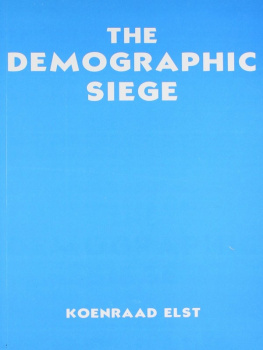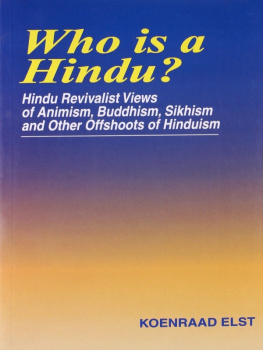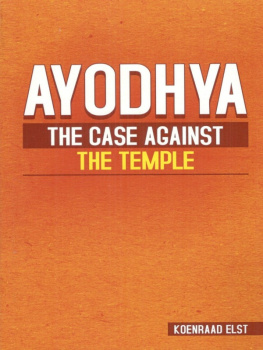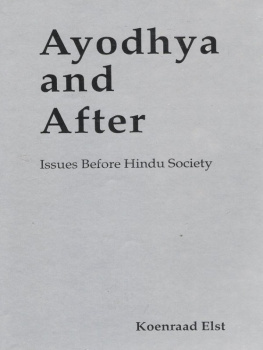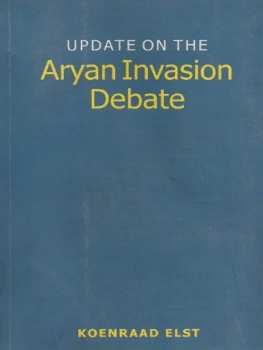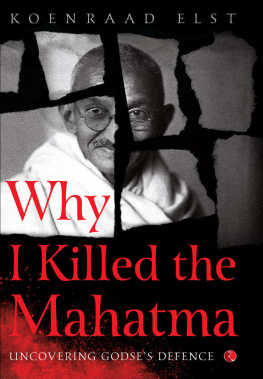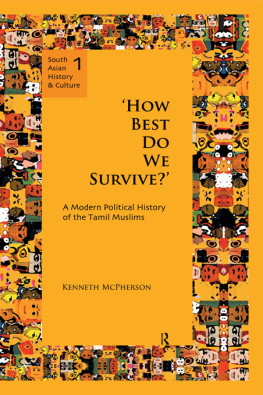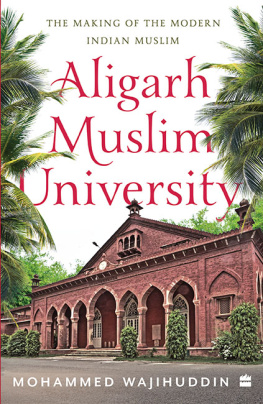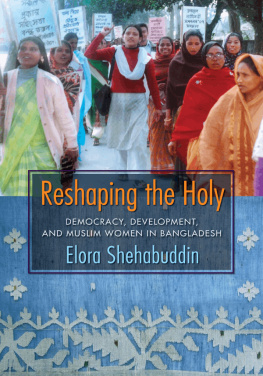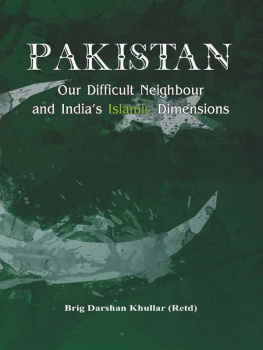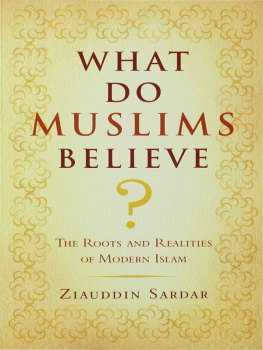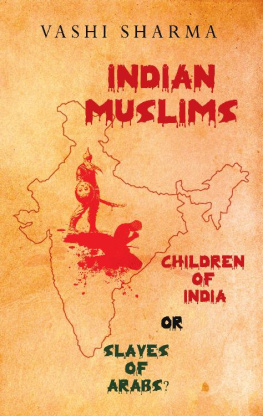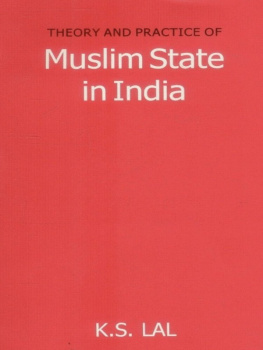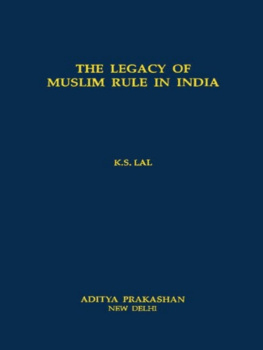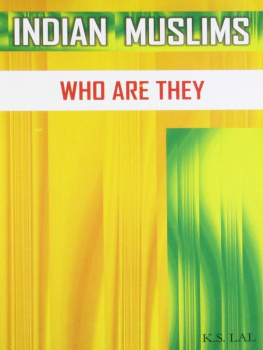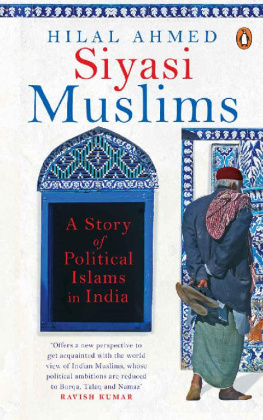1. Visions of a Demographic Doomsday
1.1. Hindus, the dying race
Demography can change the cultural orientation of a country or region by making an originally small group numerically dominant. Thus, demographic success was a decisive factor in the Christian take-over of the Roman Empire: in the first three centuries, Christian numbers grew by 40% per year, due to conversion and to the rejection of birth control (whether primitive contraception, abortion or infanticide).
In today's India, demography is a hot item, not just because of the economic and ecological burden of overpopulation, but even more because of the differential between Hindus and Muslims with its real or perceived political implications. One of the classic statements of this concern is Hindu Sangathan, Saviour of the Dying Race (Delhi 1926), in which Swami Shraddhananda briefly sketches the problem of demographic decline threatening Hindu survival: "while Muhammadans multiply like anything, the numbers of the Hindus are dwindling periodically".
1.2. Ominous census figures
Swami Shraddhananda quotes from the 1911 Census Report (para 172 ff.) to show the reasons why the Muslim population is growing faster than the Hindu population, whose percentage of the total population is steadily declining. The Census Director had written: "The number of Muhammadans has risen during the decade [1901-11] by 6.7 per cent as compared with only 5 p.c. in the case of Hindus. There is a small but continuous accession of converts from Hinduism and other religions, but the main reason for the relatively more rapid growth of the followers of the Prophet is that they are more prolific." Follow a number of social customs which encourage the Muslim birth rate, e.g. fewer marriage restrictions and common remarriage of widows, and the Muslim insistence that the children of mixed marriages be brought up as Muslims.
In 1909, on the basis of demographic trends visible in the census results (1881, 1891, 1901), Colonel U.N. Mukherji had projected the rate of Hindu decline into the future in a strictly linear fashion, and calculated logically (if somewhat simplistically) that it would take less than 420 years for the Hindu race to disappear completely from the face of India. This was a "correction" on 1891 Census Commissioner O'Donnell's prediction that the Hindus would die out in 620 years. The series of articles in the Bengalee of 1909 in which Mukherji proposed his analysis was titled: "Hindus, a Dying Race".
This pessimistic prognosis of the numerical Hindu-Muslim proportion defines the problem to which Swami Shraddhananda (who knew Mukherji personally) tried to offer a solution. One of Mukherji's concluding sentences, "They count their gains, we calculate our losses", became the title of a Hindu Mahasabha pamphlet as late as 1979. If anything, the fever of Hindu demographic pessimism is only rising.
1.3. "Hindus talking nonsense"
The Hindu suspicion that Islam is using demography to increase its strength and to wrest territories from Hinduism is a constant theme in Hindu Revivalist writing from at least 1909 till today. The rhetoric is often shrill and exaggerated and the case is wrapped in the wrong arguments, most notably the claim that "Muslims have lots of children because they have four wives". A typical example, referring to the official birth-control slogan, "we are two, our [children] are two", is the following: "For the Hindu the slogan is: We are two, and we have two. The slogan for a Moslem is: We are five and we have twentyfive."
It is, therefore, no surprise that The Economist ridicules these demographic doomsday scenarios: "Hindu militants are talking nonsense by predicting that chunks of the country will gain Muslim majorities and then secede". There is no doubt that some of the rhetoric generated by this Hindu unrest about the future is plain nonsense, but it doesn't follow that the proportional decline of the Hindus is mere fantasy. The Economist itself acknowledges the numerical gains of the Indian Muslim community, and explains that Muslims are less willing to use birth control, and that the infant mortality rate is lower among Muslims because they are more concentrated in the cities where medical care is better.
For those who dismiss U.N. Mukherjee's reasoning as an obvious and ridiculous case of paranoia, it may be useful to verify this prediction for the subsequent 80 years. Official census data show that the Hindu percentage has declined, and the Muslim percentage increased, in every single successive census in British India, free India, Pakistan and Bangladesh. As we are about to demonstrate in some detail, the demographic trends confirm Mukherji's general prediction of a steady decline, though a quantitative prognosis is more complex than he envisaged.
1.4. Demography: the facts
Considering the pivotal role of the Hindu Revivalist perception that Hinduism is besieged and that demography is one of the weapons used by Islam against Hinduism, I believe that a meaningful discussion of Hindutva ideology is only possible after verification of this fundamental perception. Indeed, on this verification depends whether we ought to consider the Hindutva movement as a bunch of dangerous lunatics spreading lies and paranoia (a fairly common assumption among India-watchers) or merely a group of realistic people who try to face up to real challenges.
The following table shows the percentage of Hindus and Muslims in British India in every successive census since 1881:
yr. 1881 1891 1901 1911 1921 1931 1941
H. 75.09 74.24 72.87 71.68 70.73 70.67 69.46
M. 19.97 20.41 21.88 22.39 23.23 23.49 24.28
And these are the figures for the Indian Republic:
year 1951 1961 1971 1981 1991 est.
H. 84.98 83.51 82.72 82.29 81.8
M. 9.91 10.70 11.21 11.73 12.2
These official figures are not altogether accurate for 1981 and 1991, for Assam was not counted in 1981 and neither was the state of Jammu & Kashmir in 1991. Adjusted on the basis of an estimate for these states, the figures for 1991 become: Hindus 81.54%, Muslims 12.60%. I will use that figure in preference to the Government figure. This brings the Hindu percentage down to ca. 81.5%.
In truncated India, the Muslim population has grown 2.69% in forty years (from 9.91% to 12.6% in 1951-91), but Muslim leaders like Imam Bukhari routinely claim that the true figure of the Muslim population in the Indian Republic is about 3% higher.
All kinds of local and regional data confirm the faster muslim growth rate. The two provinces with the highest relative population growth between 1981 and 1991 are Kashmir (28%) and Lakshadweep (27%), both with a Muslim minority though in very divergent economic and political conditions; followed by Madhya Pradesh (26%) and Uttar Pradesh (25%).
1.5. Extrapolation
How does all this work out for U.N. Mukherji's demographic doomsday prognosis? Mani Shankar Aiyar, the Congress Party's leading anti-Hindutva polemicist, predicted in 1993 that until at least the mid-21st century, the proportion of Muslims will remain stable "bar a decimal point up or down from time to time, at 11.2 per cent." But even the conservative estimate for 1991 (not yet published at the time of his writing) already refuted his prediction by putting the Muslim population more than 1% higher. In the contest between Mukherji's prediction of a continuous Muslim growth and Aiyar's prediction of a stable percentage for the next sixty years, Mukherji has obviously won.
Other secularist observers admit that "it is true that the growth rate amongst Muslims is higher than amongst Hindus", and have calculated, on the basis of the 1971 and 1981 census figures, that "if both the communities continue to grow at the same rate, Muslims at the turn of the century will account for only 13.55% of the country's population." Here, the difference with Mukherji is merely one over the exact quantity of time needed to do the job.

